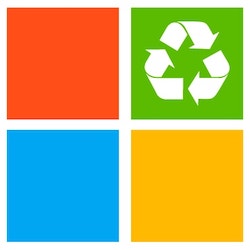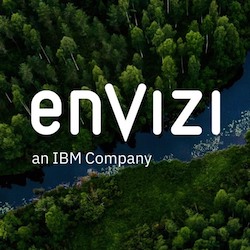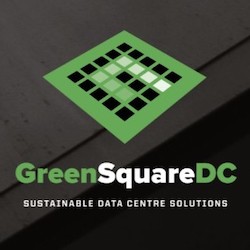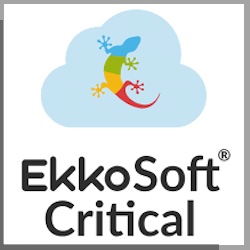Latest Updates
- M&A List: Who's Buying Carbon Accounting and Sustainability Software Companies?
- Finance, Risk and Sustainability Software Developer Workiva Hires Former SentinelOne CFO Barbara Larson
- List: 114 Technology Accelerators for Sustainability, Green IT and Climate Tech Startups
- What is Google's Sustainability Strategy, And How Are Channel Partners Involved?
- What is Cisco Systems' Sustainability Strategy, And How Are Channel Partners Involved?
Most Read
Search Our Sustainability Databases
Big Tech Sustainability Strategies
-
- What is Microsoft's Sustainability Strategy, And How Are Channel Partners Involved? Dec 6, 03:34
-
Recent Comments
Most Comments
Archives
- December 2025
- November 2025
- October 2025
- September 2025
- August 2025
- July 2025
- June 2025
- May 2025
- April 2025
- March 2025
- February 2025
- January 2025
- December 2024
- November 2024
- October 2024
- September 2024
- August 2024
- July 2024
- June 2024
- May 2024
- April 2024
- March 2024
- February 2024
- January 2024
- December 2023
- November 2023
- October 2023
- September 2023
- August 2023
- July 2023
- June 2023
- May 2023
- April 2023
- March 2023
- February 2023
- January 2023
- December 2022
Latest Posts
- M&A List: Who's Buying Carbon Accounting and Sustainability Software Companies?
- Finance, Risk and Sustainability Software Developer Workiva Hires Former SentinelOne CFO Barbara Larson
- List: 114 Technology Accelerators for Sustainability, Green IT and Climate Tech Startups
- What is Google's Sustainability Strategy, And How Are Channel Partners Involved?
- What is Cisco Systems' Sustainability Strategy, And How Are Channel Partners Involved?
Recent Posts
- M&A List: Who's Buying Carbon Accounting and Sustainability Software Companies?
- Finance, Risk and Sustainability Software Developer Workiva Hires Former SentinelOne CFO Barbara Larson
- List: 114 Technology Accelerators for Sustainability, Green IT and Climate Tech Startups
- What is Google's Sustainability Strategy, And How Are Channel Partners Involved?
- What is Cisco Systems' Sustainability Strategy, And How Are Channel Partners Involved?
Recent Comments
Categories
- Africa Sustainability
- Agriculture Sustainability
- AI
- Asia Pacific Sustainability
- Aviation
- Basic Materials Sustainability
- Caribbean Sustainability
- Central America Sustainability
- Chief Sustainability Officers
- Circular Economy
- Cloud Services for Sustainability
- Consulting Firms for Sustainability
- Consumer Goods Sustainability
- E-waste
- Education, K-12 School, College & University Sustainability
- EMEA Sustainability: Europe, Middle East and Africa
- Energy Storage
- Europe Sustainability
- Financial Services Sustainability
- Funding for Sustainability and Green IT Startups
- Government Regulations for ESG & Sustainability
- Government Sustainability
- Green IT Solutions, Services and Strategies
- Guests
- Healthcare Sustainability
- Hospitality Sustainability
- Insurance Sustainability
- Internet of Things (IoT) Services for Sustainability
- M&A Involving Sustainability and ESG Companies
- Manufacturing Sustainability
- Media
- Middle East Sustainability
- North America Sustainability
- Partnerships for Sustainability and Green IT
- Podcasts
- Real Estate Sustainability
- Renewable Energy & Energy Transitions
- Retail Sustainability
- South America Sustainability: Includes Caribbean & Central America as well
- Supply Chain Sustainability
- Sustainability and Green IT Research
- Sustainability News for Technology Partners
- Sustainability Talent
- Technology
- Telecom Services Sustainability
- Transportation Sustainability
- Uncategorized
- Utilities Sustainability



